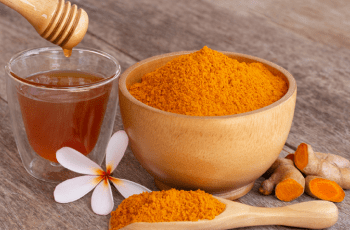Of all medical complaints, headaches are among the most common causes of pain in adults worldwide.
Range in severity from mild to severe, headaches can be a sign of dehydration, stress, emotional distress, or the result of a medical condition such as migraine, high blood pressure, anxiety, or depression.
There are 4 common types of headache, each indicating something about our body. Understanding the signals associated with each headache type will help you determine the most effective treatment.
- SINUS HEADACHE
Sinus headaches occur when sinuses become inflamed or blocked causing pain behind the cheeks, nose and eyes.
Common causes include allergic reaction, a tumor, or an infection. Depending on the underlying cause, symptoms can closely resemble those of a migraine.
Treatment:
- Consume as many liquids as possible, namely warm drinks that’ll help reduce inflammation in the sinuses.
- Apply cold and hot compresses
- Reduce pain by eating soup or fresh ginger as both have powerful anti-inflammatory and pain-reducing properties.
- TENSION HEADACHE
Tension headaches are the most prevalent type, usually manifested by a constant pressure or pain around the head – mainly in the back of the head and the neck, or at the temples. It might also cause a radiating pain above or below the eye area. Tension headaches can last between a few minutes to a few days. Triggers include lack of sleep, missed meals, stressful situations, high emotions and alcohol.
Treatment:
- Combine peppermint oil and ginger tea to reduce the pain.
- Add peppermint oil to the hairline with the intention to relax the head and neck muscles.
- Ginger tea will relieve the inflammation.
- CLUSTER HEADACHE
Cluster headaches come on suddenly and lead to severe pain on one side of the head. They’re most prevalent in women, and are often recurring in groups. In this case, you may experience nasal congestion, runny nose or watery eyes.
Treatment:
- Applying capsaicin cream to the nostrils will cause a blockade of the nerve pain signals due to its active ingredient, cayenne pepper.
- MIGRAINE
Migraines usually occur between the age of 25 and 55, but can affect anyone. This headache type is the most complicated because it includes many different neurological symptoms. According to the WHO, migraine is the sixth highest cause of days lost due to disability worldwide. A migraine can last from a few hours to between 2 and 3 days.
Migraines are manifested by a severe, intense, throbbing pain on only one side of the head. In one-third of the migraine attacks, the pain occurs on both sides of the head and is accompanied by symptoms like vomiting, dizziness, nausea, visual disturbances, extreme sensitivity to light, smell, touch, sound, as well as numbness or tingling in the face.
Treatment:
- It has been shown that many migraine patients benefit from the use of omega-3 fatty acids,vitamin B12 (riboflavin), and magnesium. Adding these to your diet may help reduce the frequency of migraines, or eliminate entirely.
- Triptans. These medications are often used in treating migraines. Triptans make blood vessels constrict and block pain pathways in the brain. Triptans effectively relieve the pain and other symptoms that are associated with migraines. They are available in pill, nasal spray and injection form.
- Acupuncture. Clinical trials have found that acupuncture may be helpful for headache pain. In this treatment, a practitioner inserts many thin, disposable needles into several areas of your skin at defined points.
- Massage therapy. Massage therapy may help reduce the frequency of migraines. Researchers continue to study the effectiveness of massage therapy in preventing migraines.
Learning where your ailments stem from is the most important step to knowing how to effectively treat the issue. Listen to the signals your body sends and respond accordingly.
If you found this article helpful, share it with your friends and family by clicking the link below!




